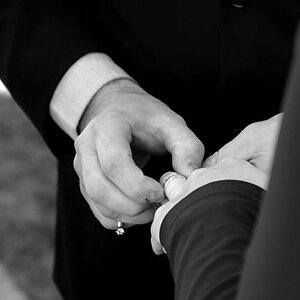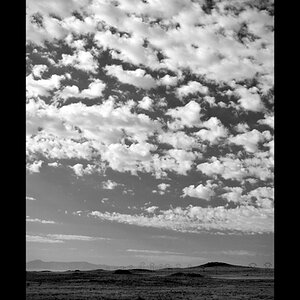uplander
TPF Noob!
- Joined
- Mar 22, 2008
- Messages
- 536
- Reaction score
- 0
- Location
- S.E. WI.
- Can others edit my Photos
- Photos OK to edit
I got a new Dell 2209WA and hooked it up. Right away it seemed dark at the factory defaults of 75 & 75 for B & C. I hooked it up to my laptop so I could see SxS comparision. The laptop screen was way brighter and less contrasty and the new monitor all the shadows were very dark with no definition.
I turned the laptop screen away and edited some pics so they looked fine on the new monitor. When I veiw them later (on two different screens) they looked blown out.
How do they appear you on your screen?
Is my new Monitor defective? or what?
Pics



I turned the laptop screen away and edited some pics so they looked fine on the new monitor. When I veiw them later (on two different screens) they looked blown out.
How do they appear you on your screen?
Is my new Monitor defective? or what?
Pics








![[No title]](/data/xfmg/thumbnail/32/32698-38e2346942223e17b43fb958f66064c1.jpg?1619735601)



![[No title]](/data/xfmg/thumbnail/37/37603-739c5d9b541a083a12f2f30e45ca2b7b.jpg?1619738147)
![[No title]](/data/xfmg/thumbnail/32/32701-51bacbc6ea9d40683123c14f053d4742.jpg?1619735603)


